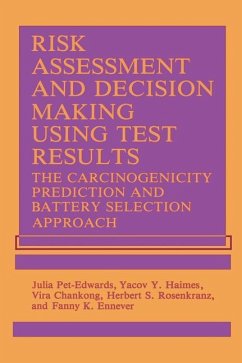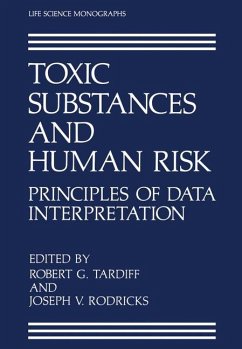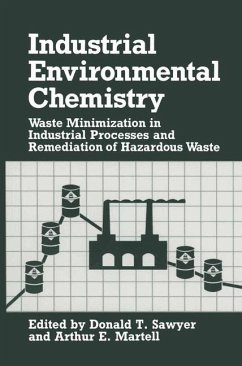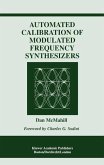The difficulties associated with making risk assessments on the basis of experimental results are familiar to practitioners in many fields engineering, epidemiology, chemistry, etc. These difficulties are particularly common in problems that have dynamic and stochastic characteristics driven by multiple purposes and goals, with complex interconnections and inter dependencies. Acquiring an appropriate data base, processing and analyzing model results, and transmitting these results at an appropriate technical, social, political, and institutional level are additional difficulties that must be addressed. This book is grounded on the premise that risks are best assessed on the basis of experimental results and sound mathematical analyses, coupled with the knowledge of experts. The carcinogenicity prediction and battery selection (ePBS) approach described herein provides a systematic mechan ism-a synthesis of systems and statistical and decision analyses-to aid researchers and decision makers in the critical field of carcinogenicity prediction in selecting an appropriate battery of tests to use and in translating experimental results into information that can be used as an aid to decision making.
Hinweis: Dieser Artikel kann nur an eine deutsche Lieferadresse ausgeliefert werden.
Hinweis: Dieser Artikel kann nur an eine deutsche Lieferadresse ausgeliefert werden.








